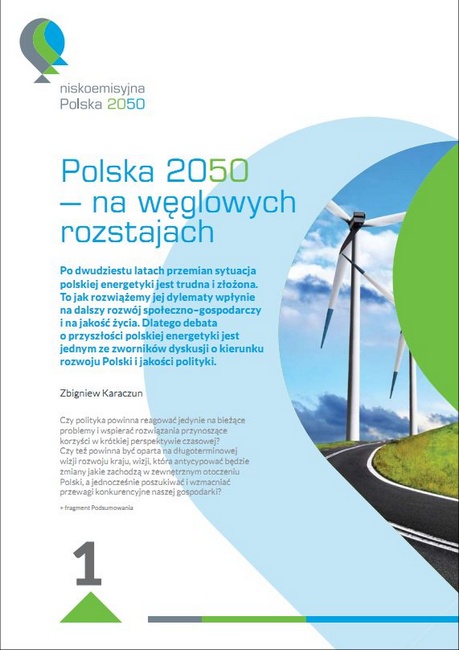
In the last 25 years Poland has undergone huge political, economic and social changes. In terms of numerous economic indicators, such as labour productivity and gross domestic product per citizen, we have caught up with the least developed European countries such as Greece and Portugal. However, in recent years this impressive rate of economic growth has gone down and the Poles have started to feel its negative effects. The rise in the level of salaries while increasing cost of living, rising unemployment and stagnation on the labour market which hit the youngest generation the hardest are all signs of looming crisis. Unlike the crises Poland has faced up to now, this one is going to be of a lasting nature and cause a multi-annual slowdown, if not a collapse of Polish economy.
However, the crisis can still be prevented. According to the authors of the report in the next few years Poland must make an effort to restructure both, the state and the law, release citizen’s creativity, make better use of employees’ skills and put an end to uneconomical use of natural resources.
Restructuring energy sector is going to be one of the key elements of this transformation. In the next few years Poland must replace several dozen percent of its production capacity used to produce electrical energy. The easiest solution, strongly promoted by the Polish government, is replacing the old coal –fired power plants with new power units, more effective but using the same fossil resources – coal and lignite. The North Power Plant is going to be one of said units.
Unfortunately, this solution involves several major disadvantages. First of all, it is more time-consuming. Building one new power unit takes 7-10 years in most favourable conditions. Yet according to the prognosis made by economists and energy experts in Poland we may run short of energy within the next 3-4 years. Secondly, bulling new coal-fired units means a further increase in demand for the fossil fuel which Poland already has to import. It is not an error. Since 2008 Poland has been importing coal, mainly from Russia, to meet the demand of its power plants. Imported coal is cheaper than that extracted in Polish mines. Growing dependence on imported resources entails an increase of informal influences of Russian extractive companies and government on Polish extractive industry and politicians. Finally, producing energy from coal combustion inevitably results in a drastic increase of environmental pollution which has already exceeded international standards and causes death of 3-5000 Poles annually.
Polish energy sector no longer has to rest on coal. According to the authors of the report the necessary modernization of energy sector does not have to entail building new coal-fired power units or plants like the planned North Power Plant. Energy sector development might also involve using nuclear energy, gas from local and foreign sources and diverse sources of energy (wind farms, solar plants) or simply importing energy. Interestingly, while taking into account the expenses on purchasing resources, building and maintaining production capacity and modernization of the grid the final cost of each of the analyzed scenarios, though gigantic, amounting to hundreds billions Euro, is fairly similar in a long-term perspective. Consequently, if today we can choose any of the proposed paths of energy sector development why should we select the coal-based scenario which is not only time-consuming, cost-intensive and damaging to health and environment but will also make Poland dependent on coal-reach neighboring countries?
